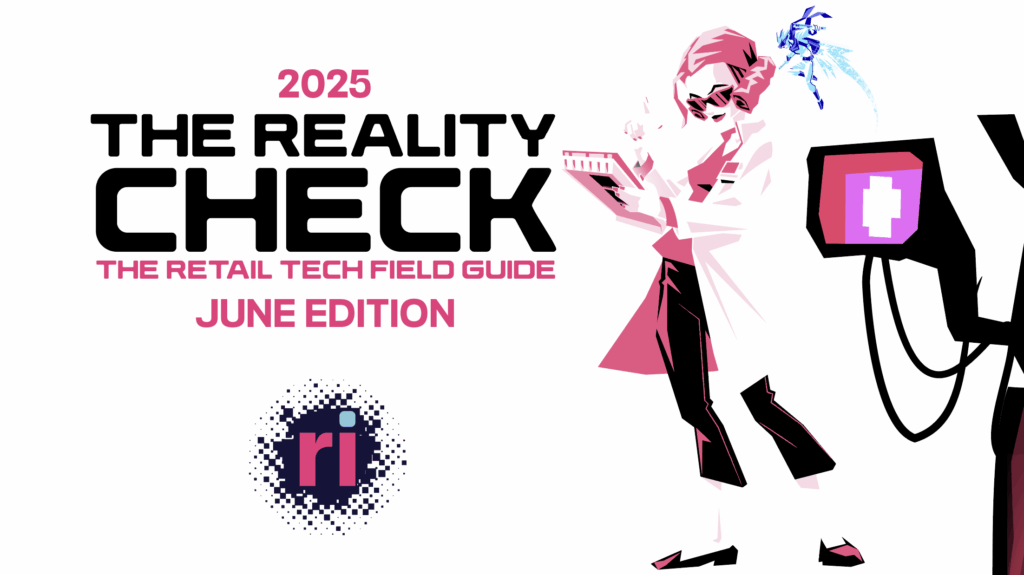Setting your organization up for success when collaborating with a firm to solve complex problems with innovative digital technology solutions.
Navigating the intricate landscape of modern business requires strategic collaborations, particularly with digital technology firms. These partnerships are instrumental in driving innovation and propelling growth, providing organizations access to specialized expertise, resources, and capabilities essential for tackling complex challenges and seizing new opportunities. To ensure a fruitful partnership journey, it’s crucial for organizations to lay a strong foundation and adopt a strategic approach. Here’s an in-depth guide to ensure your organization is well-prepared to embark on a successful partnership with a digital technology firm.
Understanding the Problem and Setting Expectations:
Before embarking on a partnership journey with a digital technology firm, it’s imperative for organizations to have a clear understanding of the problems they are seeking to solve and the goals they aim to achieve. Defining clear objectives and expectations from the outset is essential to ensure alignment between both parties. This involves articulating challenges, goals, and desired outcomes, as well as communicating the potential benefits and opportunities that the partnership can bring.
Building Strong Relationships and Communication:
We emphasize the importance of building strong relationships with technology partners based on trust, transparency, and collaboration. Effective communication and mutual understanding are key factors in fostering a successful partnership. By establishing clear expectations, defining roles and responsibilities, and maintaining open lines of communication, organizations can ensure alignment and drive towards shared goals. Furthermore, it’s crucial to foster a culture of openness and transparency, encouraging feedback, innovation, and continuous improvement throughout the partnership journey.
Assessing Organizational Capabilities and Priorities:
Clients should assess their organization’s capabilities and priorities to determine the level of support needed from the digital technology firm. Organizations should recognize the unique value proposition that each partner brings to the table and align it with their strategic objectives. Depending on their requirements, they may opt for augmenting their existing team with specialized expertise or seek a full-service, turnkey solution. Understanding their own strengths and weaknesses will guide them in selecting the right partner to meet their needs effectively.
Preparing Internally and Providing Necessary Information:
Internally, clients need to prepare by developing a clear brief outlining their requirements and objectives. However, even if they don’t have a detailed brief, a client-focused digital technology firm will assist in framing the need and eliciting the necessary requirements through collaborative discussions. Clients should also be open to piloting and iterating on solutions, as this approach allows for faster learning and adaptation, ultimately leading to more successful outcomes. Additionally, providing essential information such as budget, schedule, and customer insights is crucial for building a compelling pitch and developing tailored solutions that resonate with end-users.
Presenting the Idea Internally and Setting the Stage for Success:
When presenting the idea of partnering with a digital technology firm internally, it’s essential to communicate the potential benefits and opportunities clearly. Whether it’s demonstrating ROI, highlighting opportunities for learning and growth, or showcasing the risks of not taking action, articulating the win statement is key to gaining buy-in from stakeholders. By emphasizing the value proposition and aligning the partnership with organizational goals and priorities, organizations can set the stage for success and garner support from key decision-makers.
Tips for Fostering Successful Communication:
Effective communication is essential for a successful partnership. Clients should share their communication preferences with the digital technology firm, whether they prefer high-touch daily meetings for in-depth discussions or periodic updates with key performance indicators for a more hands-off approach. Understanding and accommodating these preferences will help foster transparent and productive communication throughout the collaboration.
Conclusion:
Partnering with a digital technology firm presents exciting opportunities for organizations to innovate, drive growth, and stay ahead of the competition. By understanding the value of partnerships, building strong relationships, and following actionable tips for success, organizations can set themselves up for a fruitful collaboration that delivers tangible results and drives sustainable business success in today’s digital age. With careful planning, effective communication, and a shared commitment to success, organizations can unlock the full potential of technology partnerships and achieve their strategic objectives with confidence.







